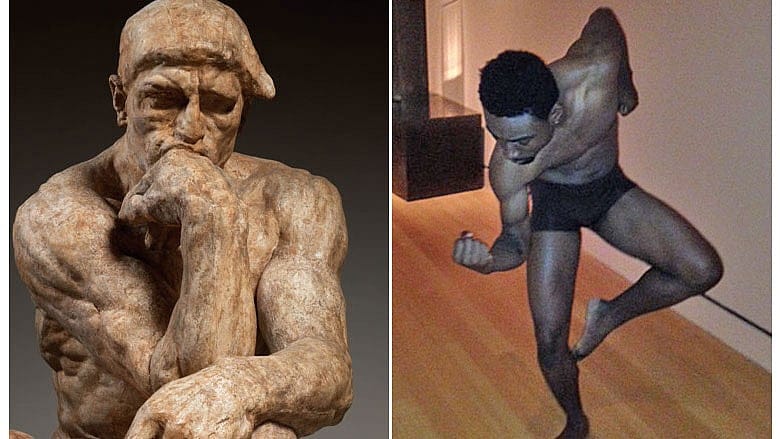Rethinking Rodin at the Peabody Essex Museum

Rodin: Transforming Sculpture is the latest installation of acclaim at the Peabody Essex Museum (PEM). According to the museum, the exhibition fundamentally alters how we understand, interpret and experience one of the world's most iconic sculptors. The collection features more than 160 finished and unfinished works by the famed French sculptor, whose career transcended academic standards and grew into legend. Through exaggeration, experimentation, and psychological exploration, the work of Auguste Rodin used classical inspirations as a pedestal for sculpture and then radically transformed the tenets of the art form. Because of his artistic and entrepreneurial departures from convention, Rodin, who lived from 1840-1917, is now considered the progenitor of modern sculpture.
Lynda Roscoe Hartigan, PEM's James B. and Mary Lou Hawkes deputy director, and the exhibition's coordinating curator said, "To Rodin, no sculpture was ever finished. His relentless experimentation with form, scale and composition reveal a searching, probing, problem solving mind." Within the galleries, visitors will see that many of Rodin's works are unfinished productions, yet their essence is palpable. Despite being an incomplete artistic form, the artist's passion shows through. In some pieces, the unfinished state increases the awareness of emotional fragility and tension.

